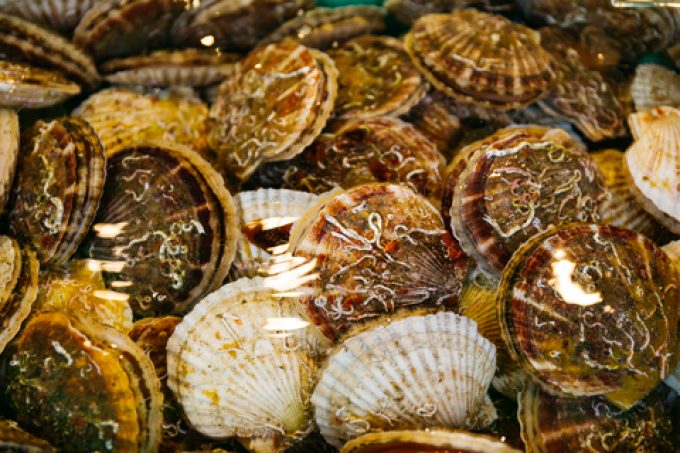News in Brief Podcast | Week 10 | TPM25, Hutchison Ports and tariff impacts
In this jam-packed episode of The Loadstar’s News in Brief Podcast, host and news reporter Charlotte ...

Perishables exporters have been given a lift by DHL’s new charter flights from Hokkaido to Hong Kong, as the pandemic prompts a re-jig of Japanese supply chains.
Launched late last month, DHL is operating three flights a week out of Chitose Airport, coinciding with the June to October scallop season.
The forwarder said the charter flights were the only direct airfreight connection from Hokkaido to Hong Kong, following the grounding of international flights due to Covid-19.
Charles Kaufmann, president of DHL Global Forwarding ...
Maersk Air Cargo sees volumes fall as it aims for 'margin in favour of revenue'
Keep our news independent, by supporting The Loadstar
Container spot rates diverge: to Europe still falling, but firmer to the US
Volume surge and an early peak season? 'Don't celebrate too soon,' warning
Hapag-Lloyd won't take bookings if port congestion leaves cargo stranded
Ecommerce likely the front-runner in resurge of transpacific trade after deal
China-US trade tariff pause could drive a rebound for transpacific rates
Airfreight players eye new routes as demand on the transpacific nosedives
Service chaos from trade ban with India a problem for Pakistan shippers
Airfreight rates ex-China 'loss-making', but hopes of a trade deal stay high
Indian coastal freight attracts major carriers, but regional tension disrupts
Serious threat to jobs in US logistics as tariffs cause economic 'stagflation'

Comment on this article